The Growth of Bad Order
Jason C. Bivins
October 28, 2025
When you arrive at a certain point in life and career, narrative starts to impose itself. The history of one’s musical taste, perhaps, or the inevitable forces shaping one’s interest in the study of religion. I see these things shaping my wayward undergraduate career and my somewhat less wayward graduate studies, compelling me to investigate the dark, militant forces blooming in 1990s America while finding my way at Indiana University.
Newt Gingrich was throwing rhetorical bombs, demonizing the state and pluralism, while militias organized in rural America and the internet let a thousand conspiracy theories bloom. And so, in those heady days when Eastern Europeans began to embrace democracy and when liberal triumphalism was everywhere, I began to explore the cracks in the foundations of American politics, and the role of religions therein. As I immersed myself in political theory and American religions equally, I grew frustrated with the sorely underdeveloped sense of the political in the latter and the lack of fluency with religions in the former. Those frustrations remain largely unchanged, alas. More than simply a graduate student’s impulse to flex, it seemed to me preposterous to write about political religions without an immersion in theological ethics, history and culture, and social and political theory. How else to avoid the trap of mere bloviating about current events?
My goal in The Fracture of Good Order (University of North Carolina Press, 2003) was to tease out some of what I saw taking shape since the 1960s, in the beginning of America’s long legitimation crisis, now spooling into further nether regions in our time. While I was compelled by Catholic pacifist protest, Christian Right homeschooling, and the intentional community of the Sojourners fellowship in their own rights, I wanted to trace a developmental arc that led from 1960s discontent to the brooding anxieties of post-Reagan America. The cobbled-together interests shaping the research still make some sense to me: Fred Jameson’s “nostalgia for the present” as a breadcrumb trail through the unreal haze of Reaganism, Sacvan Bercovitch and Michael Rogin as American Studies exemplars, Mike Lienesch’s pioneering work on political religions, James Miller’s work on SDS, and a bunch of others that helped flesh out the kinds of questions to ask, the kinds of scholarly ambition that were worthwhile. The bold originality of my inspirations prodded me to develop, in each of my three books on American political religions, my own terminology. Whether or not any of these terms is helpful for others, I thought that at the very least I wanted my scholarship to have some flavor.
From the beginning, while the book was reviewed well, I learned that my approach was not commonplace among “Americanists,” a category to which I had an ambivalent relationship. It became evident that in our corner of the academy, cautious, gatekeeping scholars were fretting about the consequences of academics actually having critical opinions about the things we chose to study. In the books that followed, I moved even more robustly in this very direction.
This brings me to the question: What would I change? A certain tone of solicitousness in regards to the homeschoolers in particular. As we live through the apotheosis of “parental rights” now, I am more sympathetic to a stern “no” in public life, since the failure to utter this has been complicit with the erosion of guardrails. Much of this has to do with the debates I held with my fellow students and faculty during this period, and in particular some close friends who are political theorists. Several of us held then (and this made its way into parts of the book) that local school board members who wanted to censor books, for example, were just expressing their will as democratic citizens (or, as it partly reads to me now, expressing “their truth”). While this is obviously true on the formal level of democratic participation, I think it was imbalanced and did not sufficiently anticipate some of the darker consequences that might arise from this civic permissiveness.
That might make me sound like a scold, but my intention in saying this is not to insist that I should have argued for less participation; rather, I think I should have further emphasized what I knew to be true about many of these actors—that beneath the veneer of citizenship they sought to realize an antidemocratic vision of public life grounded in their own civic privilege. Certainly the Berrigan Brothers were impatient with views other than theirs, and so too were the prophetically-inclined early Sojourners. Their intention, though, was never to commandeer institutions and undermine them from within.
Certainly, I had begun developing this sense of the book’s limits quite quickly as things spooled downward during the W. years. And perhaps some of this reflected an unconscious pre-tenure anxiety about punching too hard, too early. Regardless, I now see Fracture as the beginning of a long arc, over three differently positioned books, of social criticism within the disciplinary housing of Religious Studies. It marked no consolidation of method so much as the delineation of a goal. And that goal was, quite simply, publicly engaged and responsive scholarship during a quarter-century of shocking and rapid democratic decline. My fondest hope in this reflection is that we, all of us, keep punching. Hard as we can.

